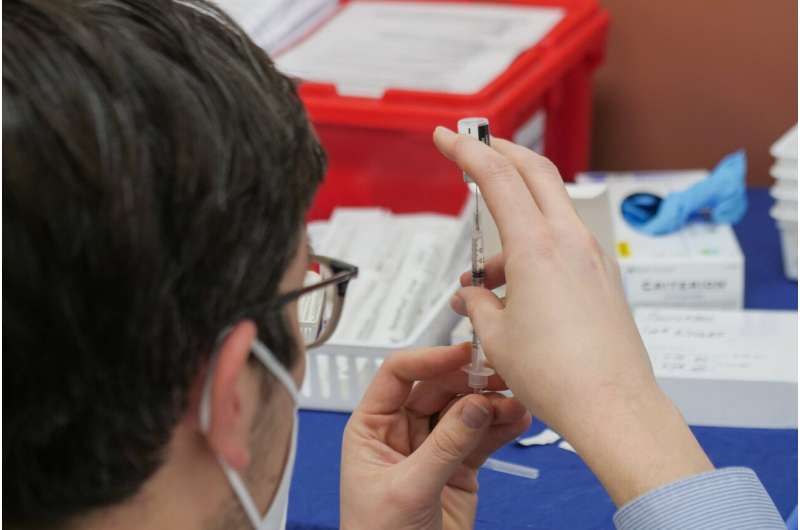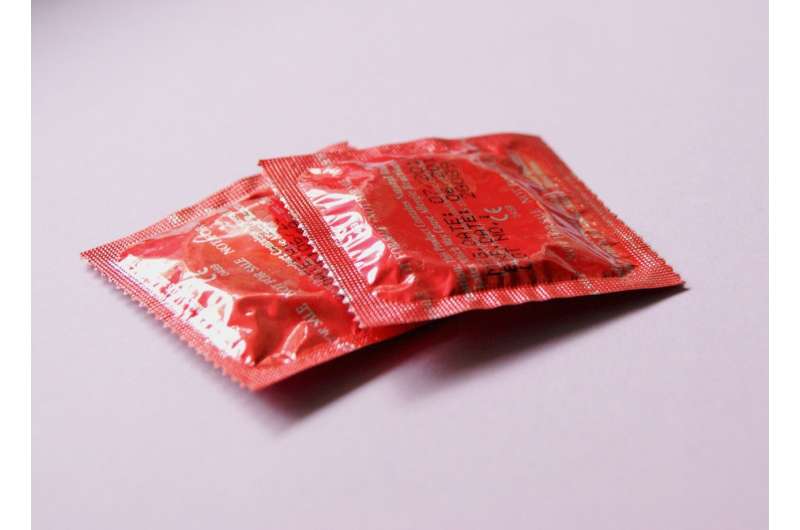Innovative Approach Estimates Measles Vaccination Coverage Without Recent Survey Data

A new modeling technique utilizes routine clinic data to estimate regional measles vaccination rates without relying on recent surveys, enhancing outbreak prevention efforts globally.
Accurately tracking vaccination rates is essential for public health planning and disease prevention, yet many regions lack current or precise data, impeding effective response strategies. Researchers at Penn State University, collaborating with the World Health Organization, have developed a groundbreaking method to estimate measles vaccination coverage even when recent survey data is unavailable. This new approach leverages routinely collected clinic data—such as patient age, vaccination status, and confirmed case information—to model vaccination levels across regions.
Traditional sources like Demographic and Health Surveys (DHS) provide highly accurate data but are costly, infrequent, and often outdated, typically conducted every three to five years. Conversely, administrative vaccination estimates, based on doses administered, are more current but less reliable and prone to bias. The challenge has been to find a middle ground that offers both accuracy and timeliness.
The innovative method uses a regression model trained on DHS data but employs routine clinic data as predictors. Indicators such as the average age of suspected cases, vaccination status at clinics, and whether cases are confirmed measles are used to estimate regional vaccination coverage. Notably, the model's predictions closely matched DHS data, outperforming traditional administrative estimates.
This approach offers a cost-effective, rapid, and accessible way to assess vaccination coverage, enabling health officials to make informed decisions swiftly. It is especially relevant now as funding cuts have paused the DHS program, which previously served as the gold standard for vaccine coverage data.
In their research paper published in the journal Vaccine, lead author Deepit Bhatia emphasized the significance: "The measles vaccine is highly effective, but outbreaks still occur due to disparities in vaccine distribution. Accurate, timely data is crucial for guiding interventions." The team highlights that this method can serve as a vital tool for regions lacking recent survey data, facilitating better-targeted immunization efforts and outbreak prevention.
The study underscores the importance of innovative, routine data-based methods in maintaining effective immunization programs worldwide, especially in resource-limited settings facing data collection challenges.
Source: https://medicalxpress.com/news/2025-07-method-measles-vaccination-date-survey.html
Stay Updated with Mia's Feed
Get the latest health & wellness insights delivered straight to your inbox.
Related Articles
Effective Professional Counseling Increases Postpartum Contraceptive Use Among Women
A new study reveals that high-quality contraceptive counseling significantly improves postpartum contraceptive use, reducing health risks associated with rapid pregnancies. Early and satisfactory guidance empowers women to make informed reproductive choices.
Impact of High-Fat Diets on Brain Cells and How Astrocytes Can Reverse Obesity Effects
New research reveals how fatty diets alter brain cells and how manipulating astrocytes can reverse obesity-related cognitive effects, opening new therapeutic possibilities.
New Insights into the Role of Bacterial Vesicles in Ulcerative Colitis Inflammation
Recent research reveals that bacterial extracellular vesicles coated with IgA play a crucial role in driving chronic inflammation in ulcerative colitis, opening new avenues for targeted therapies.
Major Global Study Reveals Elevated Heart Disease Risks in Racialized and Indigenous Communities Due to Data Gaps
A new global study highlights higher cardiovascular disease risks among racialized and Indigenous communities, emphasizing the impact of data gaps on healthcare disparities and outcomes.



